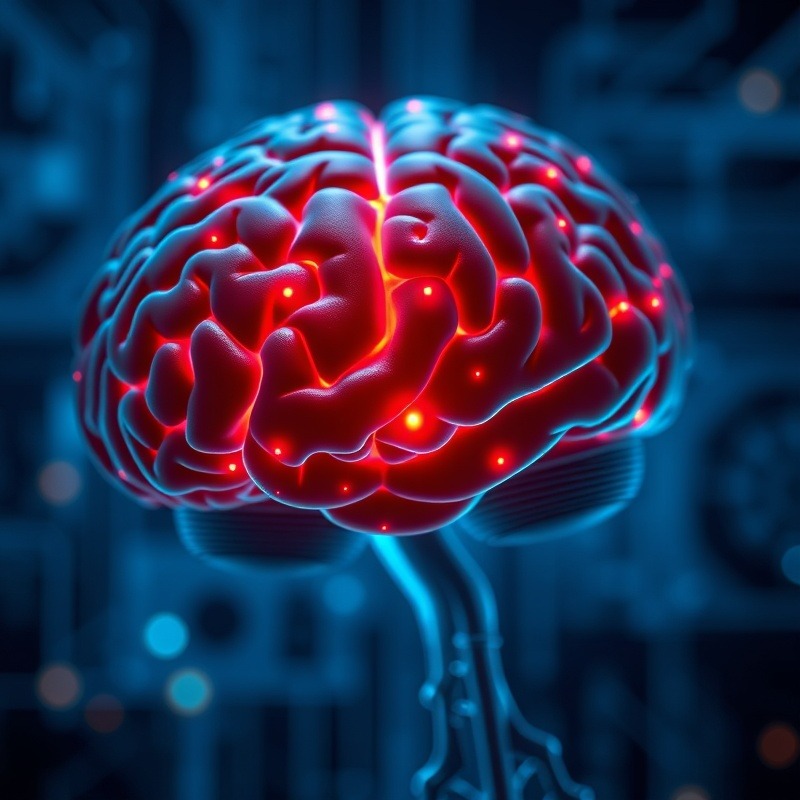
Elon Musk's Latest Neuralink Update: Third Patient Receives Implant Amidst Booming BCI Field
Elon Musk has announced a significant milestone in the field of brain-computer interfaces (BCIs), revealing that a third person has received Neuralink's groundbreaking brain implant. This development is a notable moment for tech-driven healthcare solutions, as Musk's company continues to push the boundaries of connecting humans with machines.
During an interview streamed on his social media platform X, Musk stated, "We've got ... three humans with Neuralinks and all are working well." The company, known for its innovation, has made strides in enhancing the implants with additional electrodes, improved bandwidth, and extended battery life. Musk hinted at expanding the program significantly by aiming to install these experimental devices in up to 30 more people within the year, though he did not elaborate on the identities or conditions of the recent participants.
Neuralink's Unique Approach in Brain-Computer Interfaces
Neuralink's methodology sets it apart in the competitive BCI landscape, often drawing attention from medical and tech communities alike. Notably, Neuralink utilizes a robotic surgical system to implant flexible electrode threads into the human brain, designed for high-precision recordings of neural activity. These innovations offer potential advantages over existing BCIs, though it's clear that the full extent of their benefits remains to be seen as developments progress.
Rajesh Rao, co-director of the Center for Neurotechnology at the University of Washington, acknowledges the novelty of Neuralink's robotic implantation but also points out that other groups have advanced in different areas. The ongoing race in BCI technology underscores the sector's dynamism, with over 45 trials reportedly exploring applications ranging from treating brain disorders to enhancing communication capabilities for conditions like ALS.
Future Predictions and Trends in BCI Technology
Looking ahead, the trajectory of brain-computer interfaces suggests a world where neural technology could redefine human-computer interaction, offering transformative opportunities for those with neurological conditions. As research intensifies and technology evolves, the possibilities seem virtually limitless—from medical to recreational applications—and advancements like Neuralink's are placing innovative healthcare solutions within our reach.
While Neuralink garners considerable attention, the push to perfect BCI technology is a collaborative effort involving numerous entities, poised to potentially revolutionize how we perceive and interact with technology.
Practical Implications for Concierge Health Practitioners
Health practitioners and digital health experts should consider the implications of Neuralink and other BCI advancements in their practice. Integrating these insights could enhance patient care, offer solutions to neurological challenges, and provide cutting-edge treatment options. Staying informed about these developments could empower practitioners to offer more comprehensive care tailored to emerging technologies.
Concierge health practitioners are uniquely positioned to leverage these innovations, providing patients with the most current solutions within personalized healthcare frameworks.
The Evolution of BCIs: Historical Context and Background
The concept of brain-computer interfaces, originally popularized in the 1970s, has gone through several evolutionary phases with significant breakthroughs over the past decades. The advent of portable electronics and advancements in neuroscience have accelerated the pace of innovation, leading to today's remarkable BCIs. Understanding this historical context is crucial for recognizing the importance and impact of new developments like those spearheaded by Neuralink.
Unique Benefits of Knowing This Information
For medical professionals, comprehending the current landscape of BCI technology like Neuralink can translate to meaningful conversations with peers and patients about future treatment possibilities. It broadens the scope of what's possible in patient care and aligns with the broader push toward technologically integrated medicine that not only treats but potentially transforms living with certain conditions.
By staying apprised of these technological trends, practitioners can provide more holistic and informed healthcare experiences, preparing themselves and their patients for an era of medical innovation.
 Add Row
Add Row  Add
Add 




Write A Comment